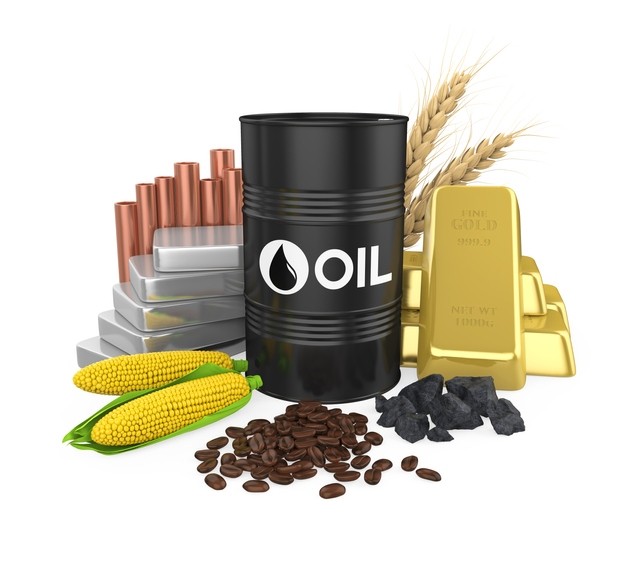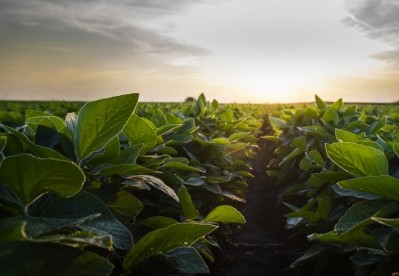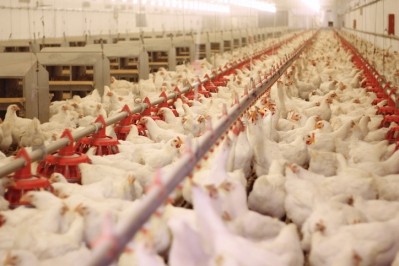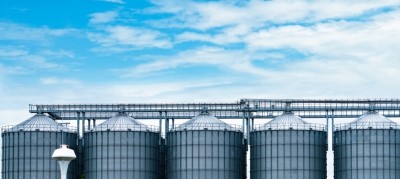La Niña and global stockpiling could cause agri-commodity prices to increase in 2021

The specialist food and agribusiness bank forecasts that the fallout from the COVID-19 pandemic, which saw countries across the world stockpile goods, along with expected poor harvests due to dry weather conditions, are set to increase crop prices and create a period of agri-commodity inflation which won’t ease until at least mid-way through 2021.
The main engines fueling the price upside in corn, wheat and soybeans are weather risks - La Niña in particular – and good import demand due to countries stockpiling grains and oilseeds, along with speculation.
La Niña could hit crops across the world, potentially causing a lack of snow cover and putting wheat crops at risk as well as raising the risk for South American drought, warn the analysts.
Wheat has reached its highest price since 2014 but while stocks have increased during the 2020/21 season, this could be offset by increased global demand brought on by the pandemic as countries look to secure strong supply. La Niña will likely continue to pose a challenge for the development of wheat crops around the world, according to the Rabobank publication.
Soybeans prices saw the biggest price decrease of all commodities tracked in 2020 following two years of oversupply and trade-war induced low prices that in the US were below the cost of production. Prices increased following a Chinese-led import program that saw them jump to a four-year high. This is expected to continue into 2021 led by continued demand from China, said the team.
The balance of trade
Rabobank predicts an uncertain outlook for 2021 as trade to China hangs in the balance. China has been importing increasing amounts of US soybeans and corn to feed its recovering livestock sector, which has also alleviated tensions with the US. It is unclear how much it will pivot back to Brazil to fulfill demand in 2021, said the agricommodities market specialists.
There is uncertainty around the approach to China that will be taken by US President-elect, Joe Biden, and how that will influence the interplay between two of the biggest players in the global agri-commodity market.
Rabobank also expects an improvement in the US dollar in the next few months, which could result in bearish prices for US agri-commodities and lower demand for US products.
Stefan Vogel, global strategist and head of agri-commodity markets at Rabobank, said: “In recent years the volatile relationship between the US and China has resulted in much uncertainty for agri-commodity prices. Following a period of bilateral trade talks, a question mark remains over how robust this relationship will be under the new administration and how this will impact the balance of trade in key agri-commodities like soybeans.”
Fallout from pandemic
He said 2020 has been a year like no other, but the agri-commodity supply chain has fared well, ensuring the global food supply has remained intact during the pandemic despite stockpiling by both countries and consumers.
“The current circumstances have given farmers some respite after years of stubbornly low prices but 2021 brings its own risks. Even with rising hopes of a vaccine, COVID-19 remains a difficult to predict risk, while La Niña has the potential to hit crop yields across the world.
“Wheat, corn and soybean prices are set to remain high and could increase further, with farmers continuing to take advantage of the favorable production and exporting conditions.”













